For the past year and a half, people everywhere have been in the grip of a pandemic – but not necessarily the same one. In the affluent world, a viral respiratory disease, Covid-19, suddenly became a leading cause of death. In much of the developing world, by contrast, the main engine of destruction wasn’t this new disease, but its second-order effects: measures they took, and we took, in response to the coronavirus. Richer nations and poorer nations differ in their vulnerabilities.
Whenever I talk with members of my family in Ghana, Nigeria and Namibia, I’m reminded that a global event can also be a profoundly local one. Lives and livelihoods have been affected in these places very differently from the way they have in Europe or the US. That’s true in the economic and educational realm, but it’s true, too, in the realm of public health. And across all these realms, the stakes are often life or death.
The three countries I mentioned have a median age between 18 and 22 years, and the severity of Covid-19 discriminates sharply by age. A big way that Covid can kill is by hampering the management of other diseases, such as HIV, malaria and TB. In Africa alone, 26 million people are living with HIV and, in a typical year, several hundreds of thousands die of it, while malaria, which is especially deadly to infants and toddlers, claims almost 400,000 lives.
Those are big numbers, and yet they used to be much bigger – a major healthcare effort brought them down. Amid the pandemic, though, people stopped visiting clinics, in part because it became harder to get to them, and healthcare workers had to curtail their own movements. According to a Global Fund survey of 32 countries in Africa and Asia, prenatal care visits dropped by two-thirds between April and September 2020; consultations for children under five dropped by three-quarters.
Public-health experts predict that, as an indirect consequence of the Covid pandemic, twice as many people around the world could be at risk of dying from malaria. There could be 400,000 extra deaths from TB in the next few years, and half a million extra deaths from HIV. Across much of the world, in short, the response to the coronavirus has ushered in a shadow pandemic. The coronavirus’s real death toll, then, has to be calculated not just in deaths from Covid, but also in deaths that would otherwise have been prevented, from malaria, TB, HIV, diabetes and more.
This shadow pandemic isn’t simply a story about disease – it’s about poverty, hunger, truncated education and stunted lives. A suggestive comparison can be made with the climate crisis. In the affluent world, some people think of climate breakdown as a matter of how long the air conditioning stays on, but for many in the developing world, it’s already a matter of floods, droughts and famine.
These disparities between the global north and south are likely to be a feature of crises to come. The tale of two pandemics, then, is a tale of two international orders. The post-pandemic challenge, in turn, is to take seriously the rhetoric of an “international community”, and integrate the two into one.
The economies of rich nations have, of course, been buffeted by the pandemic as well. But these nations have been able to spend enormous sums toward relieving the financial distress that has resulted from lockdowns and social-distancing protocols. Lower-income nations don’t have those resources. Borrowing money is costly for them, and their tax base in the formal economy is a shallow, narrow plinth. Country by country and village by village, there’s little to cushion the blow. Not long ago, a team of researchers studied living standards during the pandemic via household surveys across nine developing countries in Africa, Latin America and Asia. They found that the direct health impact of Covid in these relatively youthful countries was less than in richer (and, invariably, older) countries, but that economic vulnerability was decidedly greater. Households typically reported a drop in income – people lost jobs or had a harder time selling their goods. Half of the rural households in Kenya they surveyed had to skip meals or shrink them; in Sierra Leone, that number was nearly 90%.
When the pandemic came to India, meanwhile, 140 million migrant workers found themselves effectively stranded or simply shipped back to their home villages, plunging their dependents into dire circumstances. “For those who were living from hand to mouth to start with,” the eminent India-based economist Jean Drèze observed as it was happening, “lockdown is almost a death sentence.”
The number of people in extreme poverty around the world has risen for the first time since 1997, and analysts don’t expect a quick toggle back once the health crisis subsides. Africa was on track to see economic growth of 3.2% in 2020; now that’s estimated to have been 0.8%. When you’ve got a population growth rate of about 2.5%, that means less food on the table for many, and outright malnutrition for some. In rich countries, Covid’s medical consequences killed elderly people. In developing countries, Covid’s economic consequences killed the poor.
Taleni Ngoshi, a softly spoken 32-year-old businesswoman in Namibia, described the situation to me precisely: “The gap between the rich and the poor here is quite huge. The line between the middle class and the poor is very thin.” Her people are Ovambo, from northern Namibia, where she was born in a town without electricity, eventually got work in a nursery, and found she had a green thumb. Down in Windhoek, the nation’s capital, she started a small business helping people with their gardens. Stories like hers help to explain why, a dozen years ago, the World Bank reclassified Namibia: it went from being a lower-middle-income country to an upper-middle-income one.
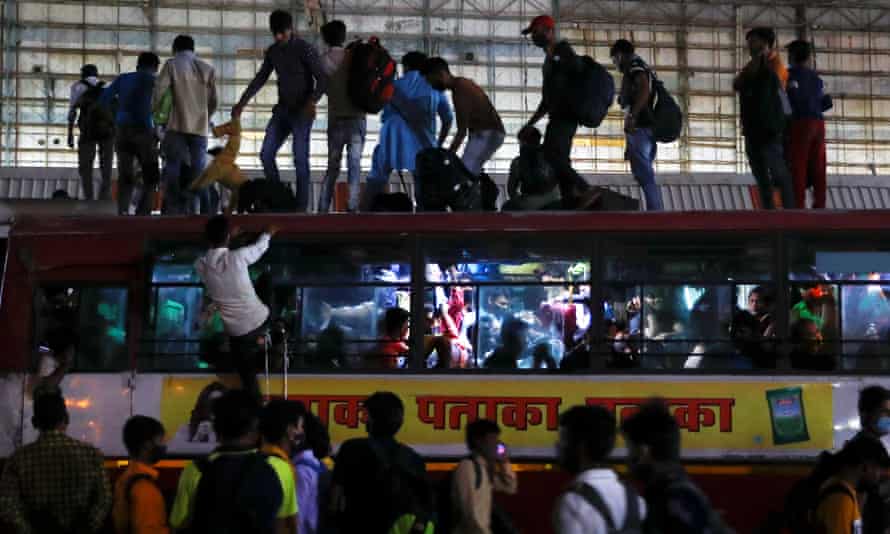
With the pandemic, though, business came to a standstill: most of Ngoshi’s regular clients cancelled their contracts, fearful of any visitors. When she looks around, she sees people losing their houses and cars along with their jobs. Her husband’s small government salary at least puts food on her table. So mainly she worries about the three people who work for her part-time – and the six or seven people who depend on each of them.
The story is different from place to place, and also the same. The low-income nation of Mozambique, which has been identified as the African country most vulnerable to climate change (extreme weather events cost it billions in 2019), found its economy contracting in response to the pandemic, with depressed markets for its commodities and, of course, for tourism. In the lower-middle-income nation of Kenya, where, in 2020, GDP shrank for the first time in almost 30 years, millions of families, living close to subsistence, were squeezed hard. Women there have been especially stricken, in part because they’re heavily involved in retail, hospitality and tourism. (Global tourism losses have been estimated at $8tn.)
To get a proper sense of how the pandemic roiled a country like Kenya, though, bear in mind that one of Kenya’s biggest exports is cut flowers – lilies, carnations, baby’s breath and roses. In fact, Kenya has, in recent years, emerged as the main exporter of rose stems to the EU, supplying almost 40% of the market. Floriculture employs perhaps 2 million Kenyans, directly and indirectly. Dozens of large flower farms can be found around Lake Naivasha, an hour’s drive north-west of Nairobi, and about 1,800 metres above sea level. It’s sunny there, and well supplied with water for irrigation. Despite transport requirements, the carbon footprint per stem was a fraction of that for flowers grown in heated Dutch greenhouses.
Over the past year and a half, as you might guess, those sales wilted. Social distancing meant fewer functions – wedding, funerals, celebrations of all kinds – and fewer functions meant fewer flowers. Millions of rose stems were dumped into pits as flower farms found most of their orders cancelled. Workers were furloughed or saw wages reduced. Once the pandemic settled in, those sales disappeared.
In west Africa – in Ghana and Ivory Coast, in particular – the big story wasn’t about roses; it was about chocolate. Cocoa trees are picky about temperature, humidity and soil, and large swaths of these west African countries hit their sweet spot. Together, the two countries account for about two-thirds of the global cocoa supply. It’s Ivory Coast’s biggest export. In Ghana, gold and oil exports are greater in monetary value, but they don’t matter as much to the country, because they don’t employ as many people and they don’t generate as much public revenue. Economists have estimated that as much as a third of Ghana’s workforce depends on cocoa, directly and indirectly.
During the pandemic, though, chocolate consumption declined. Not mine, and maybe not yours. But it turns out that a lot of chocolate is bought at retail shops and vending machines. They’re gifts or impulse buys: the pre-ribboned box you pick up at the airport, the KitKat bar that pleads for release from its plexiglass prison. Then there’s all the chocolate bought for gatherings at Christmas, Easter, Halloween – or, more to the point, all the chocolate not bought when those festivities don’t take place.
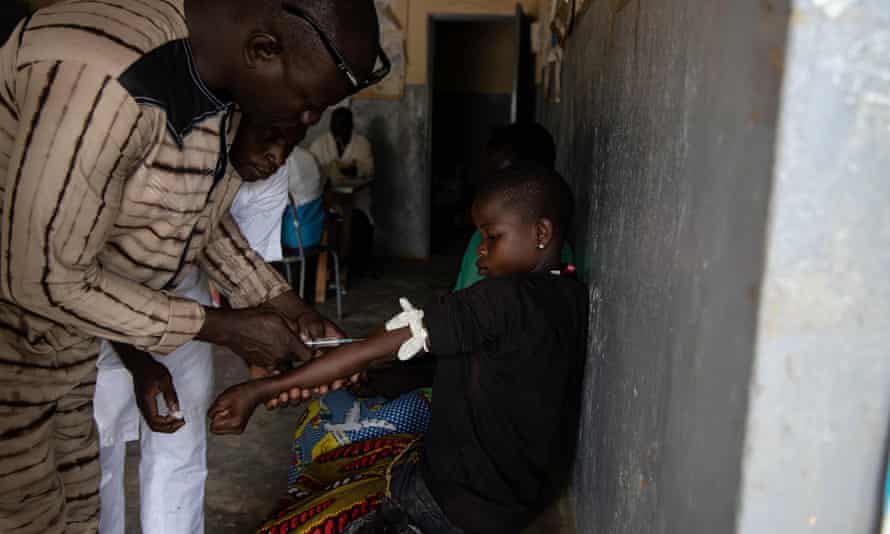
Both countries had big plans for 2020. Ghana and Ivory Coast have state-run boards in charge of buying and selling the cocoa harvest, and had jointly agreed to impose a new surcharge on cocoa exports, amounting to $400 per tonne. It was dubbed a “living income differential”, and was meant to benefit the farmers. Chocolate is a $130bn-a-year industry, but only a few percentage points go to the millions of west African smallholders who do the cocoa cropping. And they have a tough time of it: on average, each cultivates about 3.5 hectares, while trying to support half a dozen or more family members. It’s hard work. The trees are susceptible to sun scald, and those beans arrive inside pods a little smaller than rugby balls. They take months to mature – during which time they can be afflicted by various pests and pathogens, like “black pod” rot. Just in the past half decade, the swollen-shoot virus has forced the destruction of hundreds of thousands of hectares of cocoa trees.
Many cocoa farmers barely eke out a living; a 2018 Unicef report calculated that the average west African cocoa farmer made between $0.50 and $1.25 a day. (When my father was a member of Ghana’s parliament, in the 1960s, he had a lot to say about cocoa farmers getting shafted by the government board that set their prices.) In fact, the growers now tend to be middle-aged, because their kids see how bad they have it, and find other ways of making a living. When the new “living income differential” programme was announced in 2019, growers increased their output, hoping for a sweeter deal.
Instead, they found themselves stuck with beans they didn’t have the capacity to store. As Covid shrank the chocolate market, buyers in the west asked for their deliveries to be suspended. Local middlemen, known as pisteurs, demanded deep discounts to take the bean off the growers’ hands.
Wilting flowers, mouldering cocoa – when you hear stories about how poorly served the global south has often been by the systems of international trade, it’s not surprising that some people have been tempted to urge withdrawal from those systems. Among certain African and Asian scholars, there’s been a revival of interest in arguments from the late great Samir Amin in favour of “déconnexion” – unplugging from an unjust order in which development and underdevelopment were just two sides of a coin.
Amin, an Egyptian economist who spent much of his career in Senegal, urged that development be “national and popular”, and directed toward greater autonomy, or what he termed a strategy of self-reliance. Real political independence called for economic independence, in his view. Although he denied that his plans amounted to “autarky” – the aim of total self-sufficiency – he insisted that a nation’s “external relations” submit to the requirements of internal development: autarky-lite, then.
Alas, there is little encouragement to be found in those postcolonial African regimes, such as Guinea under Sékou Touré, that attempted something like this. In fact, the story of rising global interdependence is also one of rising equality among the nations. Over the past two decades, more than 30 countries have moved from the lower-income category to the middle-income category, to go by the official World Bank designations. Certainly, the 21st century saw enormous advances in the country of my childhood. GDP per capita in Ghana rose fivefold between 2002 and 2016. In recent years, most of the world’s fastest-growing economies were in Africa. And many of the pandemic-linked economic shocks are short-term ones: the market for flowers and chocolate – and timber and bauxite – is rebounding.
All the same, there are morals to be drawn from the vulnerability of the global south amid the pandemic. One is that self-directed programmes of national development don’t work when they simply ignore market realities or leave internal impediment unaddressed. Here, Ghana’s cocoa conundrum is an illustrative instance. In February 2020, Ghana’s president, Nana Akufo-Addo, travelled to Switzerland and announced that his country wouldn’t be dependent on the export of raw materials. Instead, it would get into the business of manufacturing chocolate and ascend the manufacturing chains, soaring high like Ghana’s animal mascot, the tawny eagle.
A couple of generations earlier, Ghana’s leaders were intent on building up a steel industry: that’s what they thought modernisation looked like. Akufo-Addo has pinned his hopes on bars of a different sort. Why shouldn’t Ghana have vast Toblerone-type factories, with temperature-controlled vats and conveyor belts and wrapping machines? True, the country lacks a dairy industry, and has a rather paltry sugar sector, but it has no shortage of cocoa beans.
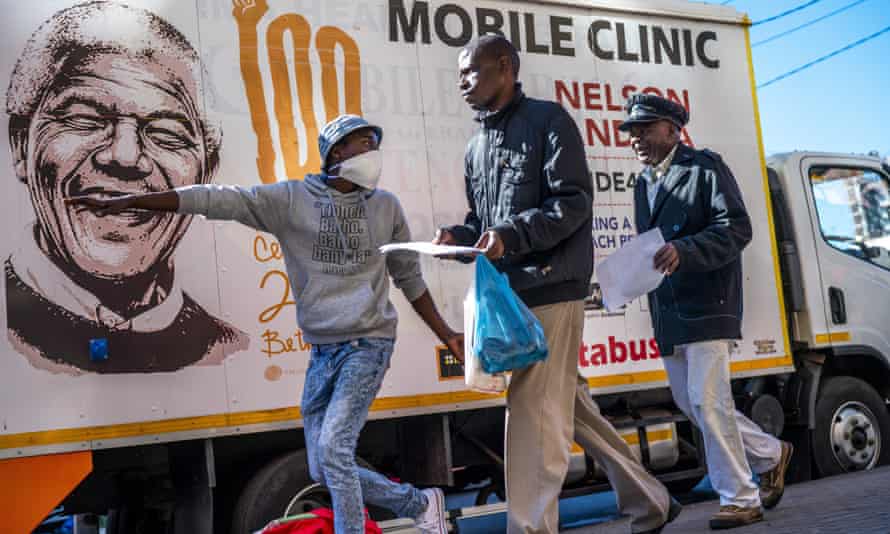
Yet Ghana, like most developing nations, has been trammelled by conflicting demands and interests. A fascinating recent paper by a Soas economist and an Accra-based cocoa analyst lays this out. Because Ghana’s central bank needs US dollars – foreign-exchange reserves – the state cocoa boards must sell the commodity to multinational companies. In the meantime, the country is stifling local production by imposing a 60% tax on domestic sales of chocolate and “semi-finished” cocoa products. Special tax exemptions are reserved for firms that export most of their production, hindering those that would first build skills and capacities by developing local markets. All statutory legacies run contrary to Akufo-Addo’s hopes of ascending the manufacturing chain. If Ghana’s cocoa policy had a mascot, it wouldn’t be the tawny eagle; it would be the pushmi-pullyu.
There are other impediments. A patchwork-quilt land-ownership system makes it hard for smallholders to gain title to their farms. (In Ghana, where so much terrain is in the hands of the traditional chiefs, land reform is a huge, and hugely complicated, issue.) And west African cocoa yields have scarcely improved in the past century. There are now programmes that promote more sophisticated and sustainable cocoa-growing methods – including “smart irrigation” – but they’ve had a late start.
These quandaries are typical of developing nations. Countries throughout Africa and Latin America have economies organised around the export of fairly raw commodities from fishing, farming or mining. Most go through minimal processing before being sold on – the “value add” is meagre. You see a lot of subsistence entrepreneurship, and a lot of vulnerability associated with informal labour and low savings rates. Meanwhile, the climate crisis makes everything worse. When you farm inefficiently, you need more land, which worsens deforestation, which worsens climate change, which worsens your farming efficiency. (West Africa’s seasonal Harmattan winds – hot, dry and dusty – have been growing more expansive over the past couple of decades.) In truth, the turbulences of climate change are akin to those of Covid in slow motion. The price is paid by those least able to afford it.
In the shadow pandemic of the global south, the most lasting consequences could relate to schooling and skills – to what economists call human capital. School closings have obviously been a big problem everywhere. Around the planet, schooling has been interrupted for 1.6 billion students. Yet classrooms in Africa have been shut longer than the global average – and this is a continent where the median age is under 20. (In South America, it’s 31.) Low-income countries, World Bank researchers say, “could lose more than three full years of their investment in basic education”, exacting a commensurate loss in future labour earnings.
For many families, the problem isn’t access to the internet – it’s access to electricity. Between April and August of last year, a team from Human Rights Watch conducted interviews with people across Africa, and found plenty of children receiving no instruction at all. Even when a school had managed to put its lessons online and a parent had a smartphone, the parent might not have a sufficiently generous data plan to make use of them. A teenager in Garissa, Kenya, told the HRW team that lessons were offered on a local radio station, “but I never tuned in because we don’t have a radio”.
When classrooms close, researchers say, female students are hit especially hard: they’re at an elevated risk of child marriage, early pregnancy, domestic abuse and child-labour exploitation. For all these reasons – along with the simple fact that girls are regularly asked to take on child-rearing duties and household chores – Unesco researchers fear that 11 million girls around the world may never return to school. Think of it as another way of being a Covid “long-hauler”.
That gender disparity is worrisome for a variety of reasons. It has been estimated that women’s wages go up by 11.5% for each additional year of schooling, a couple of percentage points more than for men. As the notably unsentimental economist Lawrence Summers once observed, “investment in the education of girls may well be the highest-return investment available in the developing world”. When women are more highly educated, they have fewer children but invest more in each child; their children are healthier and, in turn, better educated. Civic participation is higher among educated women, too, and, as the Nobel prize-winning academic Amartya Sen has suggested, expanding female education may help reduce gender inequality within families.
For men and women alike, all these things matter to a society’s prospects of freedom and wellbeing. When development experts say that the pandemic-linked interruptions to education threaten to push 72 million students into “learning poverty”, then the consequences aren’t simply financial. This represents an immense squandering of human potential.
‘Covid is the tide that went out and exposed our nakedness,” a well-known Lagos-based business consultant, Sanyade Okoli, told me. “It revealed all the weaknesses in our health system, educational system, governance structures etc.” Those regional weaknesses can be seen in the spreadsheets; they can also be seen in the streets. A woman with a communications firm in Windhoek offered me a very specific view of the situation: “Ten people a day are at my doorstep asking for food or for work.”
According to World Bank economists, more than 80% of the 120 million people whom Covid ushered into extreme poverty – defined as having earnings equivalent to $1.90 a day or less – are from middle-income countries, a capacious category that encompasses India, Indonesia, much of west Africa and much of Latin America.
That shouldn’t be a surprise. People who live in middle-income countries are peculiarly vulnerable to global contractions; they buy from you and they sell to you. They’re thoroughly enmeshed in a globalised economy. That enmeshment has allowed for some marvellous advances, but lately it feels as if they’re trying to climb an escalator moving down.
The solution is not to get off, or stay home. Even if all you want to do is cultivate your own garden, you’re hardly independent from others when it comes to your seeds, your fertiliser, and – as we’ve all learned – your weather. The way to rebuild a post-Covid world is not to withdraw from internationalism, but to strengthen it.
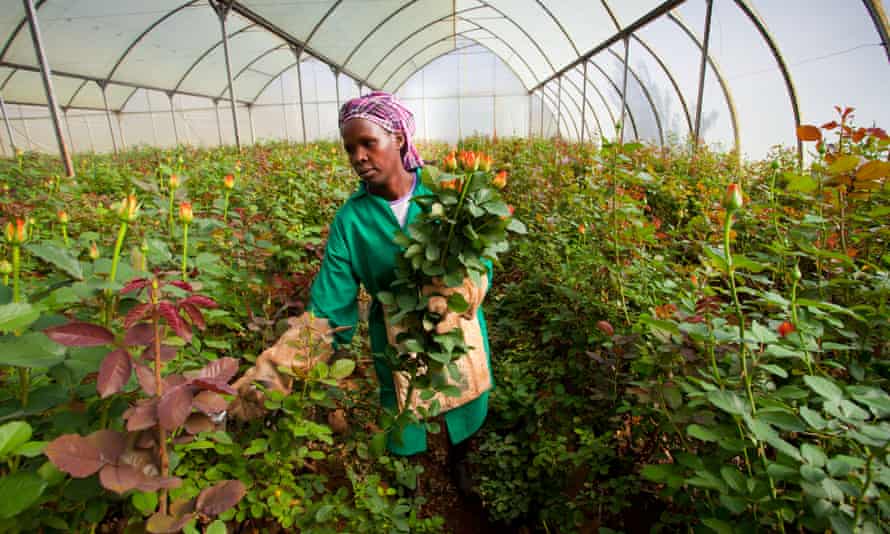
Catastrophes are fractal. They have to be understood – and addressed – in macro and in micro ways. When affluent nations in Europe and North America shut down in order to slow the pandemic, their governments offered their citizens targeted relief. (A comparable programme in Nigeria was scantily funded and – Nigerians I spoke to maintained – opaque to the point that it largely benefited government cronies.) In the US, Paycheck Protection Program loans were made to distressed business, which would not need to be repaid if certain conditions were met. In the UK, Bounce Back Loans and the like allowed financing on easy terms. These programmes – an ad-hoc method of social insurance – were imperfect, but they helped a great deal.
Something like this approach is needed on an international scale. The affluent world, in the aggregate, gains enormously from globalisation. We cherish our chocolate and roses, not to mention the aluminium, lithium, tantalum, yttrium and neodymium on which our mobile phones depend. In many respects, it’s a common enterprise – a system of cooperation – from which we all benefit. Yet, as we all know, its yields are greater for some than for others. If the trading partners of the rich nations lose faith in the system, they might be tempted to give up on it. That would be costly to them, but it would be costly to those rich nations, too.
That’s why the system is sustainable only if it involves a sense of shared responsibility. When things go wrong, we who benefit from the system have a duty to do internationally what we do at home: help the vulnerable weather the storm. When public-health measures to “flatten the curve” in rich countries can push people elsewhere on the planet into penury, it’s our problem, too. An integrated global system is imperilled when risk is shifted to those most vulnerable.
Our international responsibilities in the age of Covid have often been discussed in absurdly narrow ways – as if we just needed to ship more vaccines to the under-vaccinated populations. Yes, programmes such as Covax, the international vaccine distributor, need to be better supplied, but all the vaccines in the world won’t remedy the moral and practical perils of inequality. In richer nations, economic turbulence puts more people on the dole. In poorer ones, it puts more people in the grave. If the gains in alleviating global poverty over the past generation were heartening, they have also proved perishable. Okoli, in Nigeria, recalled that, early in the pandemic, people with means took care to feed those in need. “There was a sense,” she added mordantly, “that if we don’t feed them, they’ll eat us.”
The Covid pandemic is, in the words of the eminent economic historian Adam Tooze, “the first truly comprehensive crisis of the Anthropocene era”. In his view, it has put paid to the notion that globalisation will move the whole world toward greater economic and social equality – what he calls the “millennial vision”. The question is what will replace it.
To come to grips with global inequality on a post-pandemic planet, we’ll need more sensitive measures of fragility. No simple jab will resolve the vulnerabilities and inequities that arise from our global interdependence. Still, people in the public and private sectors will do well to think hard about a range of issues: ways of restructuring, forgiving or otherwise mitigating debt burdens when indebted governments have put the money to good use; ways of promulgating smarter and more sustainable agriculture (and other forms of resource exploitation); ways of encouraging better governance at regional and national levels; ways of building and maintaining supple and inclusive global institutions.
And, of course, ways of targeting assistance to do the most good. When, earlier this year, the UK decided to cut foreign aid by $4bn, it was signalling a retreat at a time when history is calling for an advance. The most thoughtful critics of foreign aid make an important point: we want governments that are principally accountable to their people, not to foreign donors and lenders. But the right kind of assistance (including the Covid-related financing and debt-service suspension organised by World Bank Group over the past 18 months) needn’t have this distorting effect on governance. And the expansion of human capabilities is never a money hole.
As the climate crisis was telling us long before Covid blared the message, what happens in one place can have repercussions in many places. That’s why the pandemic must be understood not as an anvil-from-the-sky medical crisis, but as something far more encompassing. “Science is the exit strategy,” the head of the Wellcome Trust famously said, early in the pandemic. But, though science is necessary, it’s hardly sufficient, particularly when we’re interested not simply in exit but in re-entry. As raucous, inward-turned nationalisms continue to claim followers, we’ll need to resist the go-it-alone fantasies of autarky. Rather, a post-pandemic era calls for a richer sense of our mutual obligations.
I think of what Taleni Ngoshi, in Namibia, told me about how she was affected by those whose livelihoods depend on hers. “There are days when you wake up in bed and you think to yourself, ‘I’m tired of this,’” she said. “And one minute later you think, ‘I have to do something. If I stay in bed and wallow in misery, what will the others eat tomorrow?’”
They depend on her, just as, ultimately, she depends on them. Around these small, local circles of reciprocal caring, we need to build larger, global ones. Resilience shouldn’t be reserved for the rich. An international conjuncture that’s fairer and more secure requires that we keep track of systemic risks conceived in the broadest possible way. And trade without responsibility is itself an unaffordable risk – as tempting as a box of chocolates, as perishable as a cut flower.









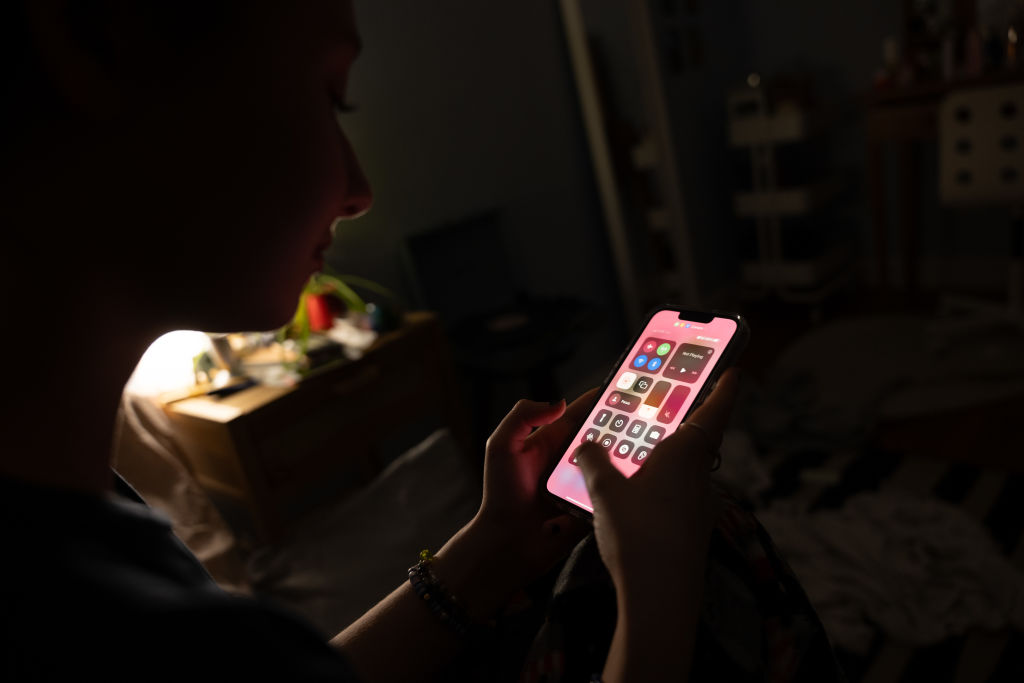

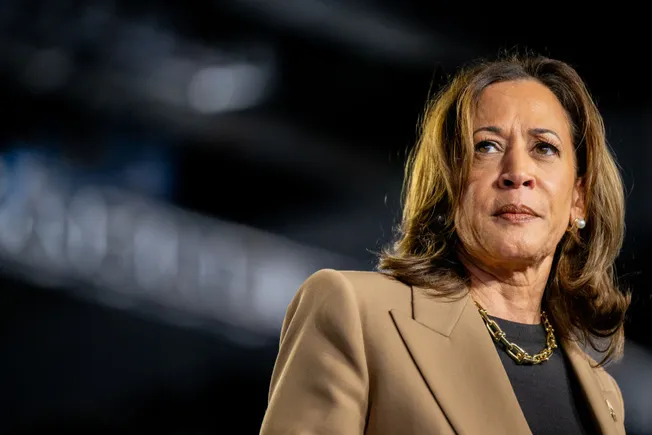







Discussion about this post